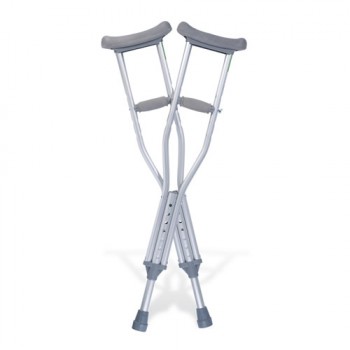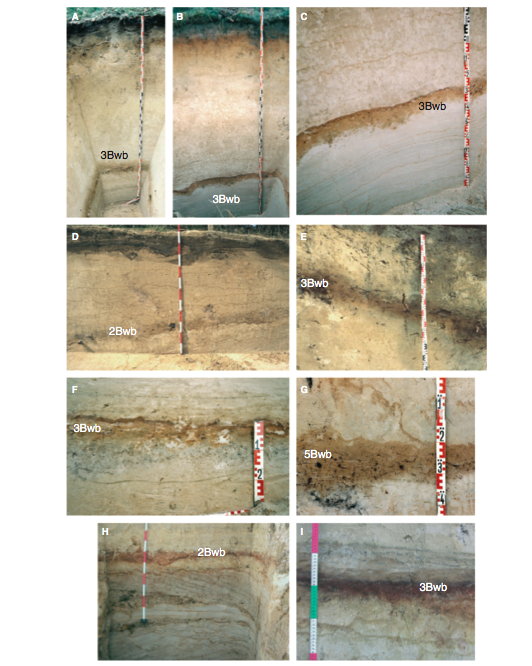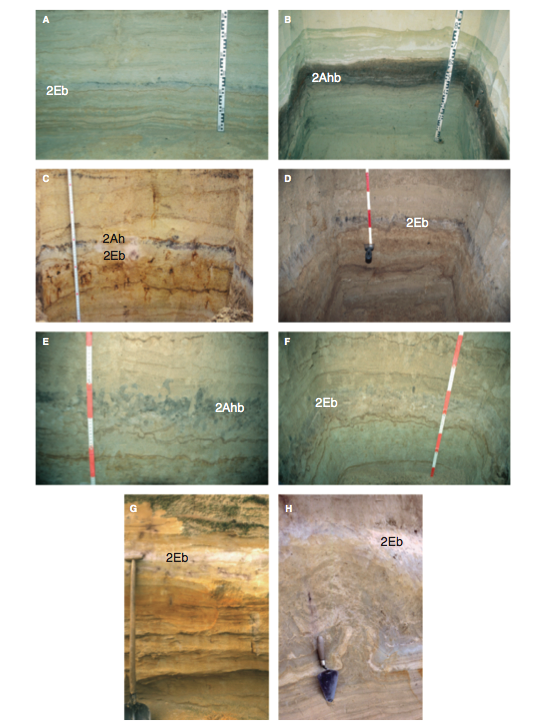The Tusk has no greater admiration than our’s for Han Kloosterman. The Dutch geologist is a truly indefatigable prospector for the truth.
Han has had some recent success in his decades long effort to describe the unique nature of his local expression of the Younger Dryas Boundary, his beloved Usselo Layer. Apparently, he has discovered two additional regional expressions of the layer and has a sampling program underway — on crutches. Han long ago suffered a bout with throat cancer and has spoken through his throat for decades. Today he is better off and cancer free, but of course suffers the ravages of time, much like our planet.
PS. Today I have gotten myself a pair of crutches, as preparation for my trip to an Usselo exposure in Germany. Fieldwork on crutches – that is going to be a first for me. And I am rather proud of it.
PC, Kloosterman
From Nanna Noe-Nygaard, The Geology of Denmark
Two galleries of Usselo photos from Kaiser







What an impressive picture isn’t it! One look at it could convert somebody to catastrophism, if one weren’t a catastrophist already: what on Earth happened there and then?
I had seen a picture of that Late Pleistocene lacustrine sedimentary sequence in Denmark in 2004, and thought of the possibility of the white layer being a lateral equivalent of the Usselo Layer (in Denmark the Bromme Layer), which is windblown. And now, Januari 2014, I find on the Net the confisignermation, with the “Alleroed” marking. I have not (yet) found a lithological description; the whole sequence seems to be chalky.
In January 2014 the Gods-that-be, or my Spirit Guide, continue to shower graces on me. Now I find that a few years ago at Wesseling near Koeln/Colonia a Federmesser (read Usselo)site was found.
I just received the book by archaeologist Klaus Grote on the rockshelters near Goettingen. There were thousands of shelters.
signed: Dutch Crutch (George, I liked that one)
Hans (Dutch Crutch); Always remember: When the journey is ready, the guide will come. Hans you do some seriuos butt kicking now!
“When the journey is ready, the guide will come”.
That’s from India, isn’t it? About 1968.
Ergo, when the guide didn’t come, one wasn’t ready.
That’s circular reasoning, or a tautology?
Better ask a philosopher.
Han; That’s something that may have stuck in my head from my college attempt. I know of a dozen versions of the same train of thought. I did fail philosophy. The professor and I did not see eye to eye. He was teaching everything as an absolute and I kept saying there’s more to it than that and he kept saying NO!!! I flunked. Another good use for your field sticks– If someone does not agree with your line of thought you can realign theirs.
Years ago I have done a “scientific experiment” in my kitchen lab. I burned a few matches until nothing but charcoal was left, and dropped them in a glass of water. They floated, but the following morning they had sunken to the bottom, the pores no longer filled with air but with water.
So during that time, half a day or so, what can wind, waves and flow have done to the Usselo/Clovis charcoal and the “ET proxies” that not fell on land but on water?
We know what happened on land, and even on the Greenland icecap. But what can we expect there in Denmark?
Brings up question for me, Han. Are all the Dutch Usselo exposures in “upland” areas? Much of the country is reclaimed, but surely these coversands, etc are all on the undrained high ground, correct? This being my business at Restoration Systems, incidentally.
George, very schematically Holland exists of 2 roughly equal parts, the Pleistocene “high” (a few meters!) grounds, and the Holocene low ones, at sealevel. All Usselo exposures (exposed after some digging) are found on the high and dry ground in the NE, E and SE parts of the country, at a depth of 1 or 2 meters.
In the W part, at sealevel, the U.layer was found at a depth of 18m, at Velsen W of Amsterdam. And under Amsterdam the Pleistocene sand is also found at almost 20m depth (now used to build skyscrapers on – many houses of old Amsterdam are visibly inclined, not pointing down anymore to the centre of the Earth: they were built on mud).
So, there is a break between Amsterdam and Hilversum, some 25 kms to the E, where Usselo occurrences are being found all the time in construction pits by Sander Koopman, who registers and photographs them.
On top of the low Pleistocene to the W, clay and peat were deposited, and the sand of the dunes which form a protective barrier against the North Sea.
This description is also valid for the Flandres part of Belgium, and for Westfalen in Germany.
Hi Han –
I know an archaeologist who works from a wheelchair.
I’m sure you’ll keep in mind that the North “Sea” was above water when the Holocene Start Impacts occurred.
Yes, that’s why the Usselo Layer exists at Velsen, W of Amsterdam, now at a depth of 18m.
Give my best regards to my wheelchair collegue.
H.
Sorry, a mistake in my message of January 20. Not Westfalen, but Niedersachsen (Lower Saxony).
testing
On September 26 I have been to Lommel BE, with author Andrew Collins and a film crew of History Channel CA.
They are making a documentary on the Usselo Layer.
In the US it is scheduled to be aired on December 5 – this year.
Han: Major congratulations!!!!!
Han –
Felicidades. We all look forward to seeing you in action!
From Brian Garson, History Channel:
The episode is tentatively titled “The Great Flood” and is scheduled to air on 12/19 on H2 (History Channel 2).
Airdates are always subjected to change, so please keep an eye on the History Channel website at http://www.history.com
Now I find the program rescheduled for Dec.26.
Better check!
I’ve seen it – what a disappointment.
Not at all a “documentary on the Usselo Layer”, even hardly a documentary.
Nice pictures for an uncritical public.
han. raar bericht via mario over kees. zou dood zijn.